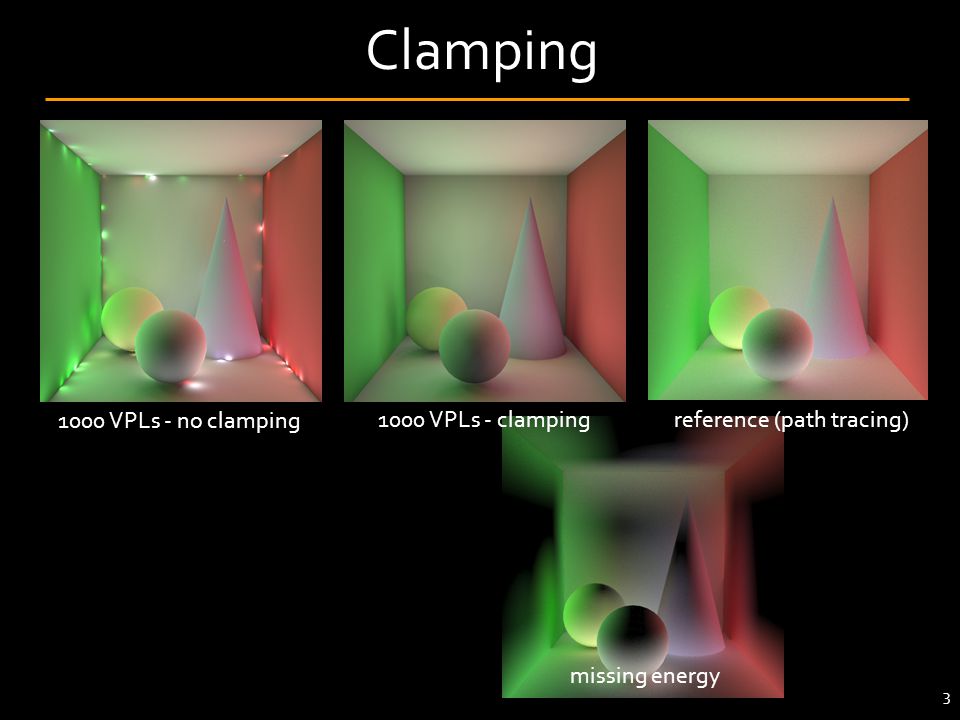- Jan 24, 2014
- 6,187
- 11,859
- 136
There's a new RTX showcase demo from Nvidia which allows turning RTX and DLSS features on and off in real-time. A video showcase can be seen here.
Since DLSS can be switched on in real-time, one can easily see the effect it has on the scene illumination. I'll include a sample bellow:

As you can see, enabling DLSS has a strong effect on perceived illumination for both highlights and shadows. I'd like to stress that it doesn't matter what screenshot one likes best out of the two, if this was a real game scene then the game designer would probably tweak the lighting to get closer to one presentation or the other depending on artistic intent.
The big question is why would DLSS be tuned to affect perceived illumination in a way that at best makes it look like native rendering with RTX Global Illumination is not accurate enough?
PS: It would be great if the discussion does not immediately degenerate into DLSS BAD vs DLSS GOOD from the first page.
Since DLSS can be switched on in real-time, one can easily see the effect it has on the scene illumination. I'll include a sample bellow:

As you can see, enabling DLSS has a strong effect on perceived illumination for both highlights and shadows. I'd like to stress that it doesn't matter what screenshot one likes best out of the two, if this was a real game scene then the game designer would probably tweak the lighting to get closer to one presentation or the other depending on artistic intent.
The big question is why would DLSS be tuned to affect perceived illumination in a way that at best makes it look like native rendering with RTX Global Illumination is not accurate enough?
PS: It would be great if the discussion does not immediately degenerate into DLSS BAD vs DLSS GOOD from the first page.






